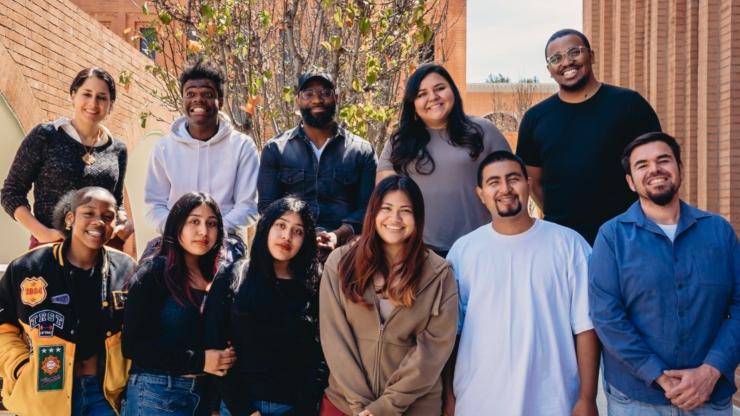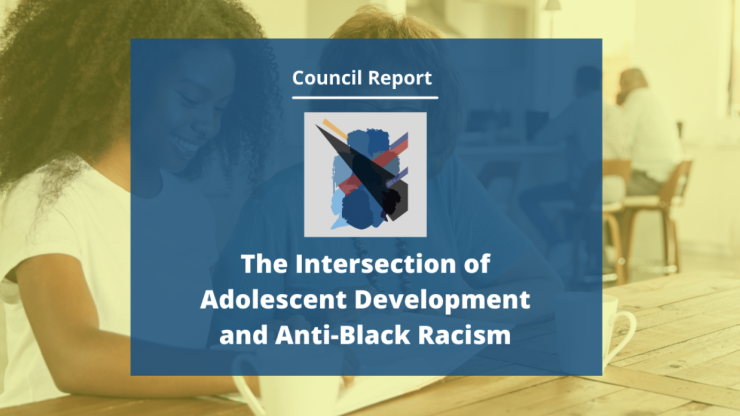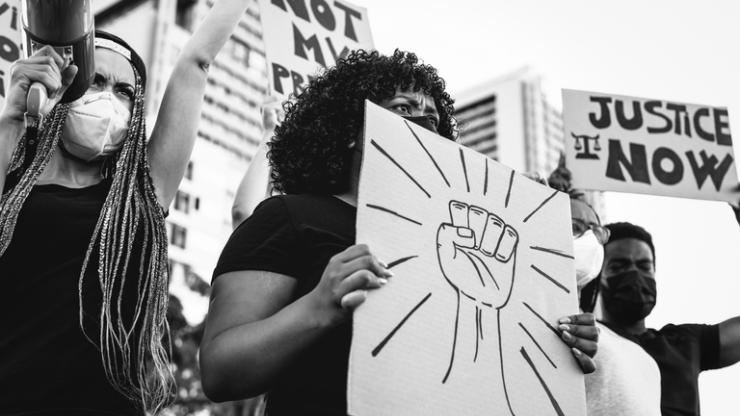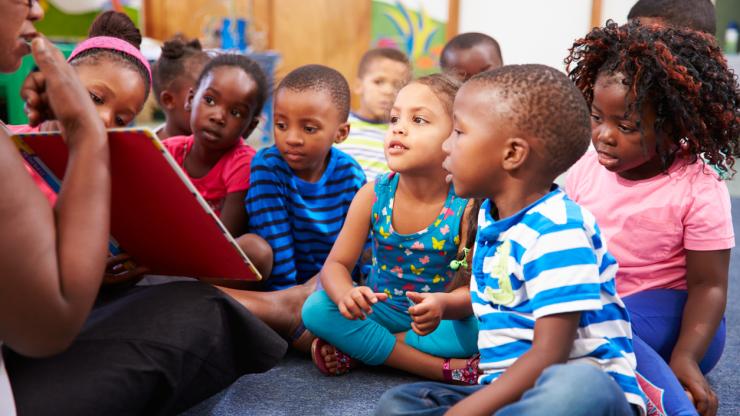In op-ed, Simona Goldin and Debi Khasnabis call to reconsider policing in schools
Dr. Simona Goldin, director of instructional design for seminars and special programs at TeachingWorks, and Dr. Debi Khasnabis, clinical associate professor and chair of elementary teacher education, wrote an op-ed for the Detroit Free Press about policing in schools. They were joined by colleague Kimberly Thomas, a professor at the U-M Law School.
In “It’s time to reconsider police in our schools,” they wrote that the killings of George Floyd and Breonna Taylor—as well as countless others before them—are a call to action to revisit the intersection between schools and criminal justice. “The terrifying reality,” they said, “is that being Black puts you at risk of police brutality and loss of life. Black children are at risk, too, in the schools where they go to learn, grow, and thrive. Of acute concern is the placement of police—school resource officers (SROs)—in our children’s schools.”
SROs have only been placed in schools in recent history, as a result of a federal funding program in the 1990s. Statistics show that 300,000 students could be arrested or referred to law enforcement in a single school year, and that schools with SROs have an arrest rate three times greater than that of schools without officers.
“There are significant racial disparities in arrest rates in school as Black boys and girls are 3 and 1.5 times, respectively, more likely to be arrested at school than White students. In Michigan, Black children were 18% of students, but 31% of school arrests. Further, students—and especially Black students—are largely being arrested for behavior that is developmentally normal and appropriate. Psychologists confirm that in adolescence, youth are likely to test boundaries, question authority, and experiment with their identity and peer groups. This behavior is typical—not criminal. As one Georgia judge put it in Congressional testimony, the presence of SROs led to the charging in juvenile court of students who 'made adults mad,' not students who were dangerous,” they wrote.
Since perceptions for criminal behavior are proven to be influenced by racial bias, the writers scrutinized the fact that students with SROs can be accused of “disorderly conduct,” which may lead to disproportionate disciplinary and legal actions. They concluded that SROs are one part of the school-to-prison pipeline.
About 14 million students are studying in schools that have embedded police officers but do not house a school nurse, counselor, social worker, or psychologist. Schools like these disable the framework for restorative justice and trauma-informed practice that respond to students’ socioemotional needs.
Goldin, Khasnabis, and Thomas have joined other educators and communities to call for “more systemic solutions to problems like poverty, homelessness, access to health care, and racism that extend their tentacles into schools in dangerous ways.”
“It is time for change. Activists and educators around the country have begun to push back on the presence of SROs in school… and we, as legal and education scholars, join this growing chorus,” they said, adding that we must provide access for all students to learn, grow, and reach their full potential—especially since it is evident that school policing contributes to the harm of Black students.










